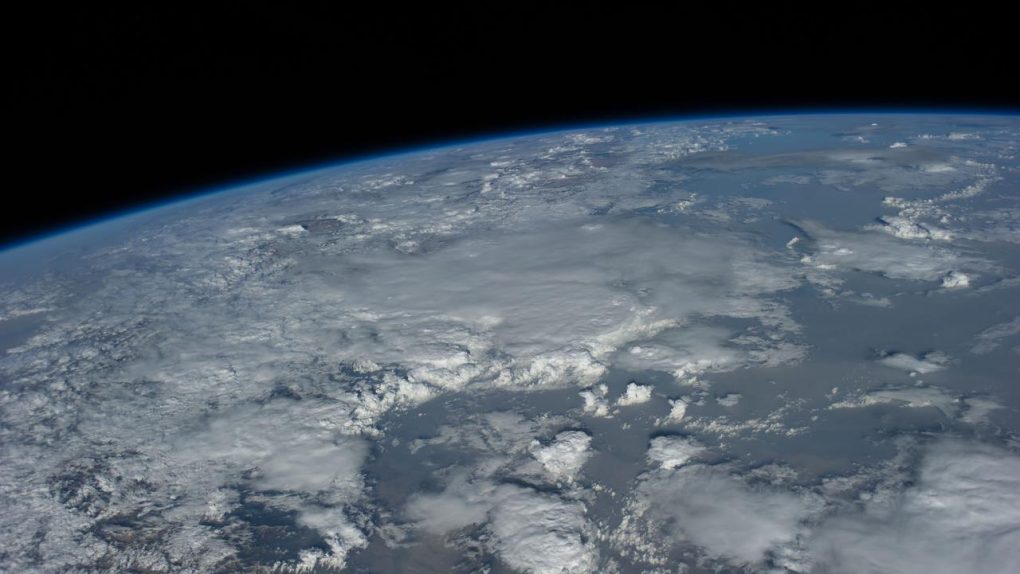Finding planets outside of our solar system is an area of research that has exploded in recent years. As new, more powerful observational equipment allows us to look into space with greater detail than ever before, spotting the telltale signs of planets orbiting other stars has become much easier, and new exoplanet discoveries are happening so fast that researchers aren’t even able to dedicate much time to each one. Instead, scientists are forced to select the most interesting worlds that warrant attention, and the newly-discovered “Super-Earth” Gliese 486 b is one of those planets.
A large, rocky world orbiting a relatively dim star called Gliese 486, Gliese 486 b is thought to be approximately 1.3 times as large as Earth, and nearly three times as massive. That’s might seem like a huge difference when compared to Earth, but in planetary terms, it’s actually a pretty close match. What definitely isn’t a close match is the incredible surface temperatures on the exoplanet, which are estimated to be around 800 degrees Fahrenheit. Still, the planet is about to get a whole lot of attention from researchers, as it might be our best chance yet to study the atmosphere of an alien world.
The holy grail of astronomy would be finding a planet that has alien life on it. It wouldn’t even have to be intelligent life, but any form of life that didn’t originate on Earth would quite literally rewrite textbooks and change the way we think about our universe and our place within it. Unfortunately, we’re not yet to a point where we can peer at planets like Gliese 486 b — which sits around 26 light-years from Earth — and actually see if there’s anything living there.
In fact, the best we can do with most exoplanets is simply to detect their presence and, if we’re lucky, get an idea for what kind of a planet (gas giant, rocky world, etc) they might be. In the case of Gliese 486 b, however, scientists might be able to do a little bit more. Thanks to a combination of the planet’s size and surface temperature, it’s likely that scientists will be able to study its atmosphere in a way not afforded by many other exoplanets.
“The host star is at a distance of ~8.1 parsecs, has a J-band magnitude of ~7.2, and is observable from both hemispheres of Earth,” the discovering researchers write in a new paper published in Science. “On the basis of these properties and the planet’s short orbital period and high equilibrium temperature, we show that this terrestrial planet is suitable for emission and transit spectroscopy.”
At the moment, the dynamics of rocky planet atmospheres aren’t very well understood, despite the fact that we live on a rocky planet with a robust atmosphere. Put simply, science needs more data points with which to draw conclusions and paint a clearer picture of what planets hold or grow their atmosphere and which ones lose them more rapidly. This data will be hugely beneficial as we move forward with research efforts aimed at finding planets that are suitable for life.








